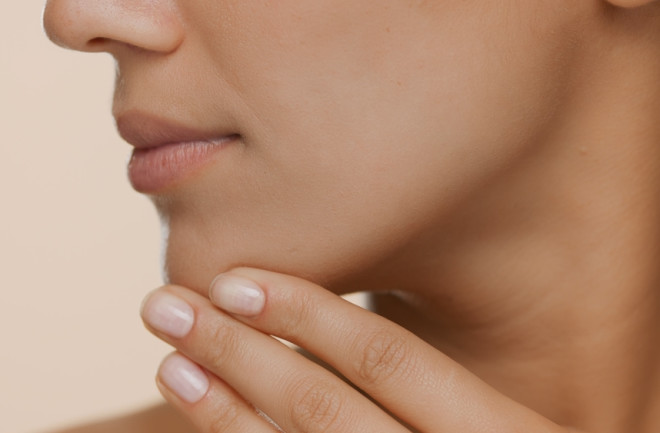It's hard to keep up with the latest fads and wellness crazes. But a new online trend —mewing — is sweeping social media and attracting a lot of attention.
More than just a new slang term, "mewing" describes a quick-fix method for facial reconstruction, meant to make an individual's jawline look tighter and more sculpted, among other benefits. The phenomenon has surged on social media platforms like TikTok, where influencers post how-to videos that attract hundreds of millions of views.
Yet despite mewing's popularity and its purported benefits as a panacea to a host of modern woes, it's not quite the silver bullet that its proponents claim: Oral surgeons and dental experts caution that there's no evidence to support claims that it can reshape jaw structure and appearance or improve sleep and breathing.
"Social media is a powerful tool for informing the public in many subject areas, including mewing, but it is not regulated by experts," said Myron Guymon, president of the American Association of Orthodontists, in a press release. "Unfortunately, many members of the public quickly fall prey to theories that have not been scientifically tested."

